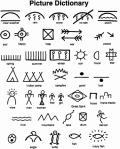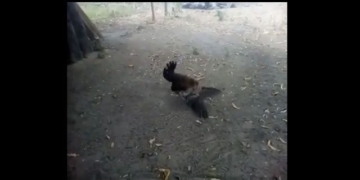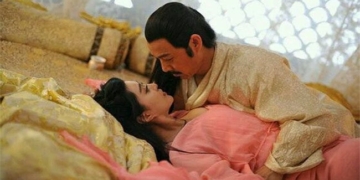Two gold locks with a diameter of approximately 3.7 cm, intricately carved with the image of a leader wearing a crown and seated on a throne.

Gold lock carved with the image of a leader seated on a throne in the center. (Photo: Zainolla Samashev).
Archaeologists in Kazakhstan have discovered two gold locks in a 1,500-year-old tomb with the earliest depictions of a khagan or leader of the Gokturk – a nomadic alliance of Turkic peoples, reported Live Science on January 2. The two gold pieces depict the leader seated on a throne, surrounded by attendants, according to Zainolla Samashev, an archaeologist at the Kazakhstan Archaeological Institute and the head of the excavation team.
The pair of gold locks was found at Eleke Sazy, near the eastern border of Kazakhstan with China, Mongolia, and the Siberian region of Russia. Samashev and his colleagues have been working at this site since 2016.
The Gokturk tomb from the 6th century contains the remains of a noble, likely a prince or tegin in Turkic language. By the 7th century, this burial site had developed into a sacred memorial honoring the deceased.
The two gold pieces were found in the central chamber of the tomb, where the prince was cremated. The cremation process also caused significant damage to one of the gold pieces. With a diameter of approximately 3.7 cm, both are likely a form of belt buckle. Such locks were probably symbols of power in Turkic society, indicating that the wearer held a high status.
The locks are exquisitely carved, featuring the khagan at the center, crowned and seated on a throne adorned with two horses. Beside the khagan are two attendants kneeling, offering food on plates and bowls. Samashev noted that this is the oldest confirmed depiction of a khagan of the Gokturk.
The research team is unsure whether these gold pieces were worn by the prince himself or if they belonged to his attendants, who placed them here during the cremation ceremony as a way to participate in the sacred ritual.





















































